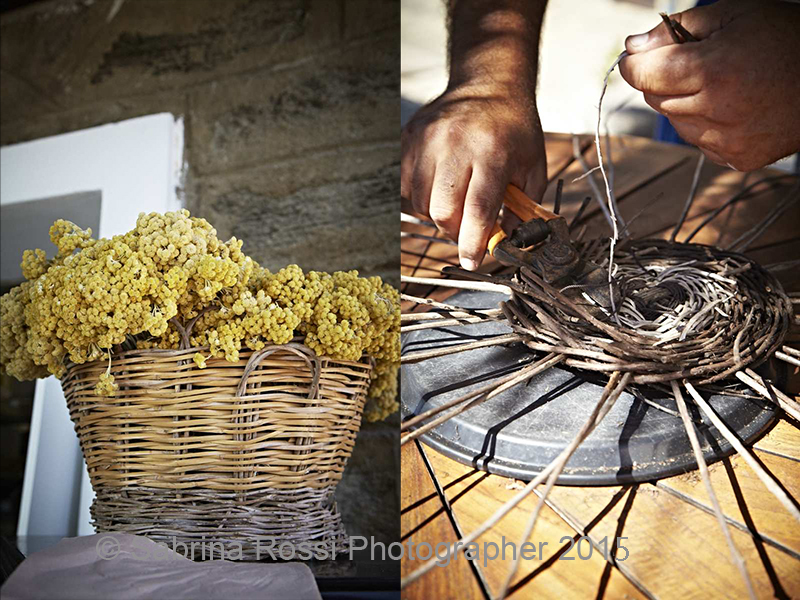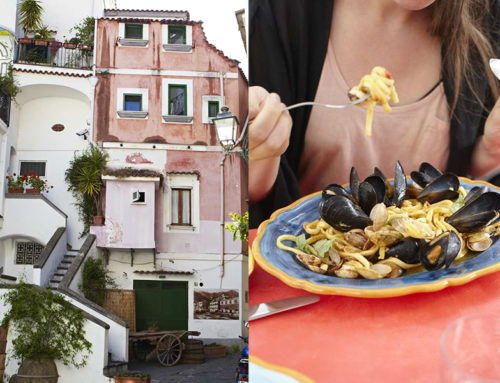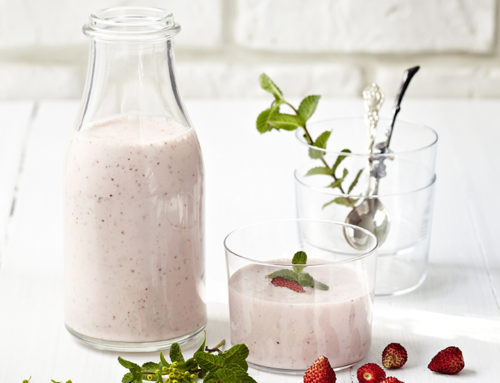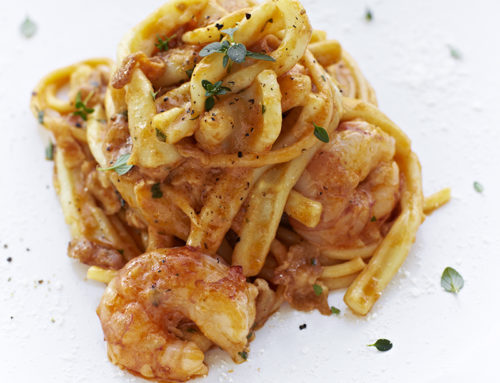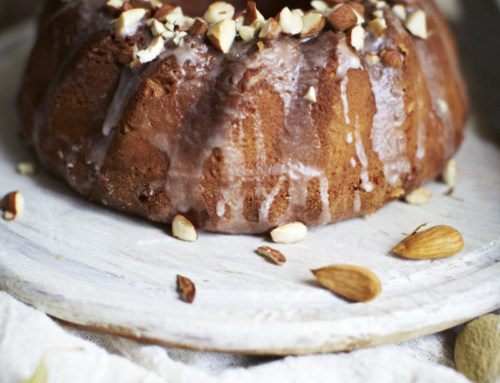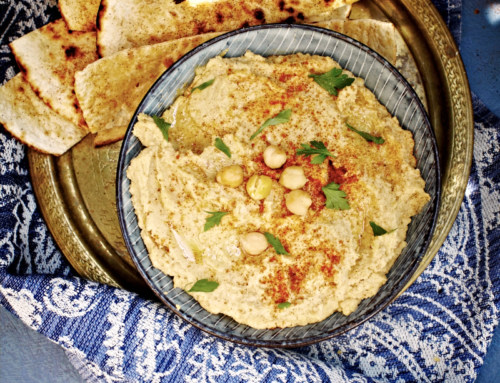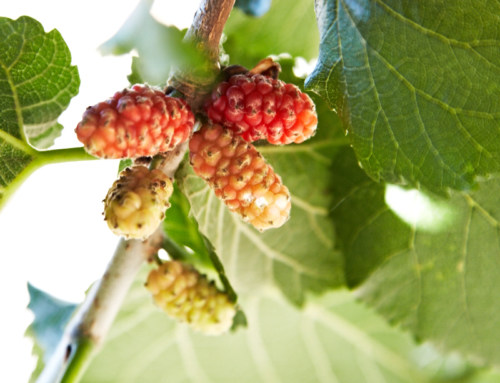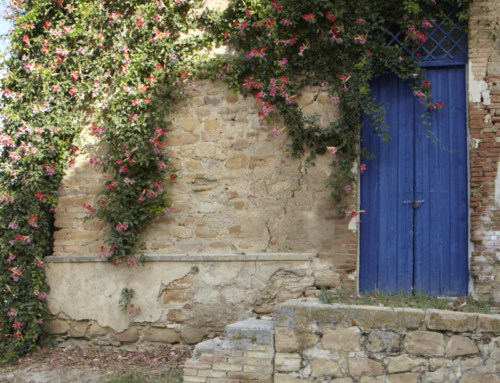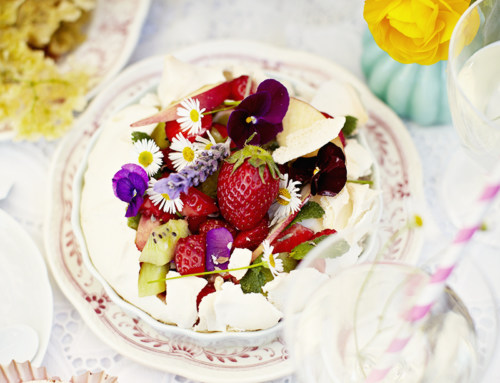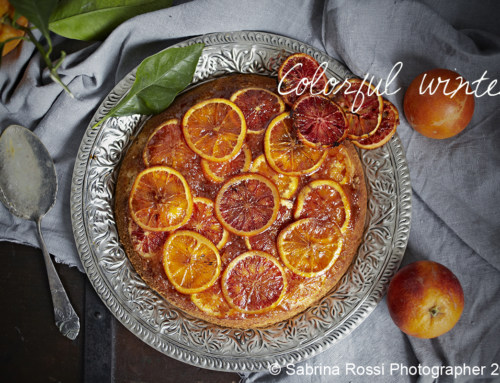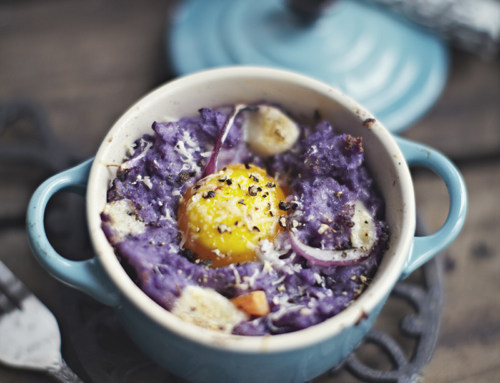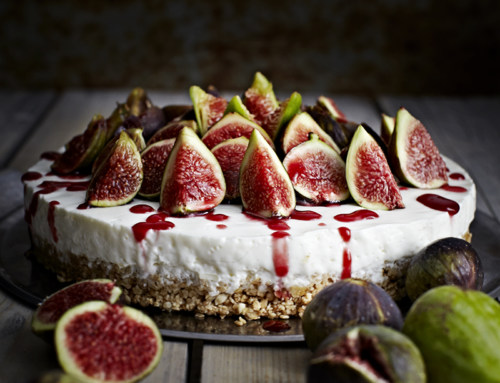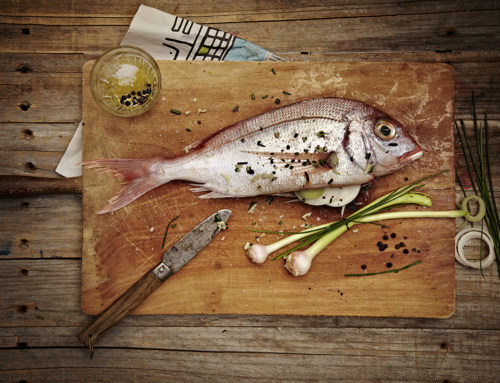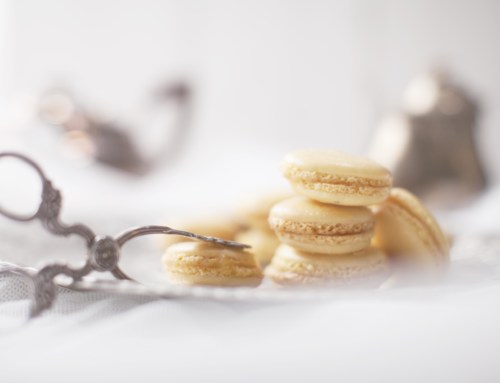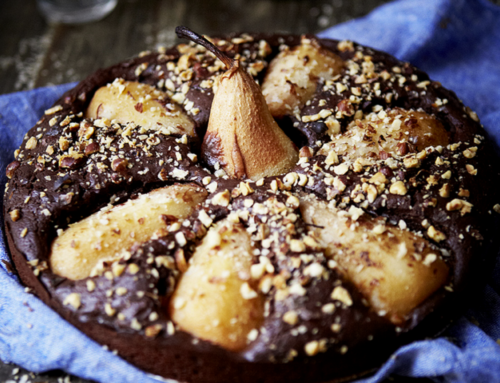Uno dei pranzi più buoni e gustosi di questa estate, lo ha preparato Costanza, amica e proprietaria di questi dammusi, Le Case del Principe, per me e per Lù (in viaggio con me).
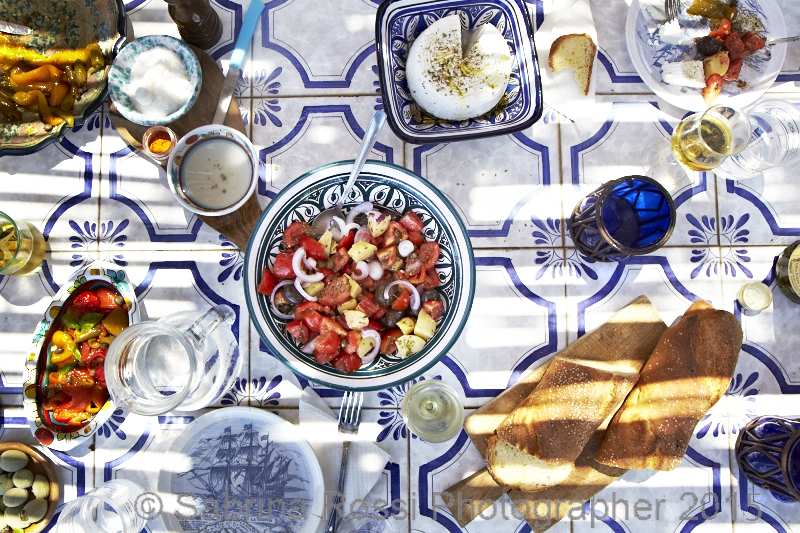
Una tuma condita con origano siciliano (profumato, speciale, non è quello che si trova nei supermercati), un’insalata pantesca (vedi ricetta nel prossimo post), olive, mandorle, pane al sesamo e finocchio selvatico, peperoni arrosto e vino bianco… La vista mare che si gode dal patio di questo dammuso ha fatto il resto.
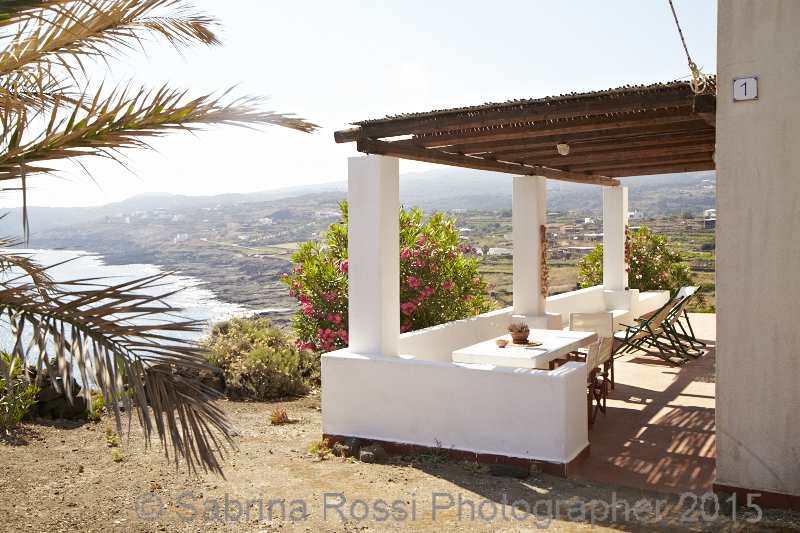


Una perla nera, così chiamata Pantelleria, un’isola siciliana, preziosa per quanto è bella e per le delizie che nasconde, nera per la pietra vulcanica. Sono qui per lavoro, ma ne approfitto per godermi il mare e i sapori di quest’ isola … Il bello del mio lavoro è proprio questo, talvolta il miglior guadagno sono le memorie e le esperienze accumulate nei luoghi visti. (O i pranzi guadagnati mentre si scattano foto ai ristoranti, tipo ad Altamarea, fantastico locale dell’isola, ma questo è materia per un altro post).
 (Lago vulcanico, Specchio di Venere)
(Lago vulcanico, Specchio di Venere)
Ecco questo viaggio in Sicilia è stato il mio surplus, la mia tredicesima. Correre intorno al lago Specchio di Venere, un tuffo al mare (pochi gradini sotto il nostro dammuso), qualche volta yoga e colazione con vista mira dal patio (mi faccio invidia da sola a ripensarci). Tutto questo prima di iniziare a lavorare.

Scatti agli interni, e alle volte bianche dei dammusi contro il cielo azzurro. E poi in giro per l’isola per fotografare le particolarità, le bellezze e tutto quello che mi colpisce di qui.
Quanto è grande? Quanti abitanti ha?Sono la persona sbagliata per queste informazioni, ma chiedetemi del colore del cielo che diviene tutt’uno con il mare, del riflesso rosso sulla pietra nera e sui bassi cespugli durante un viaggio in auto al tramonto (mentre Lu canticchia canzoni brasiliane), o del profumo della macchia mediterranea tipica di isole molto ventose e assolate.

 (Due dei meravigliosi drink dal Ristorante Terrazza Altamarea)
(Due dei meravigliosi drink dal Ristorante Terrazza Altamarea)

 (uno dei vecchi Dammusi, ormai in disuso, delle Case del Principe.)
(uno dei vecchi Dammusi, ormai in disuso, delle Case del Principe.)
Vi potrei raccontare del cappero, e del mio stupore quando ho scoperto che tutta la pianta profuma. Qui boccioli (capperi) e frutti (cucunci) vengono conservati sotto sale, in salamoia, sott’aceto o vengono trasformati in pesti e salse. Sono una ricchezza.
Come lo è lo zibibbo, i cui vigneti ricoprono i pendii, e le piante sono basse basse per contrastare il forte vento, la siccità. Il succo degli acini regala il famoso vino liquoroso Passito di Pantelleria. Per assaggiarlo, quello vero, non andate in un’ enoteca, dovete andare nelle case della gente del posto, godervi due chiacchiere e avrete il privilegio di gustare uno dei passiti fatti in casa. Ecco questo è quello vero. Io sono riuscita ad avere l’onore di assaggiarlo grazie alla famiglia dietro il marchio Konza Kiffi, così tra un assaggio di marmellate di agrumi e pesti di capperi ho gustato sono riuscita a portrarmi una bottiglia di questo tesoro. Dai loro racconti capisco che è un’isola dura, aspra da coltivare qui, possono usare pochissima acqua. Per preservare l’umidità del terreno ad esempio devono ricoprire le piante di pomodori con le erbacce strappate.
Offre poco lavoro; d’inverno sono spesso isolati per via del mare e d’estate sono invasi dai turisti, eppure chi parte per lavorare fuori poi spesso ritorna qui. Perchè?! Forse perchè quest’ isola è bella, è bella da morire… quest’ isola o la ami o la odi, o forse talvolta tutt’e due le cose contemporaneamente.
Costanza, friend and owner of Le Case del Principe, dammusi, old original houses of Pantelleria, has prepared one of the most tasty lunch of this summer for me and Lù (travelling with me)
A Tuma seasoned with Sicilian oregano (scented, special, is not what you find in supermarkets), Pantelleria salad (see recipe in the next post), olives, almonds, sesame bread and wild fennel, roasted peppers and white wine. .. The sea views that can be enjoyed from the patio of this dammuso has done the rest.
A black pearl, named Pantelleria, an island of Sicily, valuable as it is beautiful and the delights that hides the black volcanic stone. I’m here to work, but I take this opportunity to enjoy the sea and the flavors of this’ island …
That’s the beauty of my job is just that sometimes the best gain are the memories and experiences accumulated in places seen. (O lunches earned while taking pictures to restaurants, one of this for example at Altamarea, great local island, but this is subject for another post).
(Crater Lake, Mirror of Venus, see picture)
Here this trip to Sicily was my bonus for this year. Running around Lake Mirror of Venus, a dive to the sea (a few steps down from our dammuso), sometimes yoga and breakfast on the patio with view on the coast (I do envy myself thinking back ). All this before you start working.
Some shots to the interior, and sometimes of white dammusi against the blue sky. And then around the island to photograph the special, beautiful and everything that strikes me here.
How large is Pantelleria? What is the population?
I’m the wrong person for this information, but ask me the color of the sky that becomes one with the sea, the red reflection on the black stone and on low bushes during a car journey at sunset (while Lu sings Brazilian songs ), or the scent of the maquis typical of islands very windy and sunny. I could tell the caper, and my surprise when I discovered that the whole plant smells. Here buds (capers) and fruits (cucunci) are salted, pickled, or turn into pesto and sauces. They are a treasure.
As it is the zibibbo, whose vineyards cover the slopes, and the plants are low low to counter the strong wind, drought. The juice of the berries gives the famous fortified wine Passito of Pantelleria. To taste it, the real one, do not go into a wine bar, you have to go into the homes of the locals, enjoy a chat and will have the privilege of enjoying one of the homemade dessert. I managed myself to have the honor to taste one of it, thanks to the family behind the brand Konza Kiffi, so between a taste of marmalade and pests capers I tasted and I could took with me a bottle of this treasure.
From their stories, then, I understood that as island is harsh, bitter to grow here. They can use very little water. To maintain soil moisture for example should cover tomato plants with weeds torn. It offers little work; winter are often isolated because of the sea and summer are overrun by tourists, but those leaving to work out then often returns here. Why?! Perhaps because this ‘island is beautiful, it is to die for … this’ island either love or hate, or perhaps sometimes both things simultaneously.





